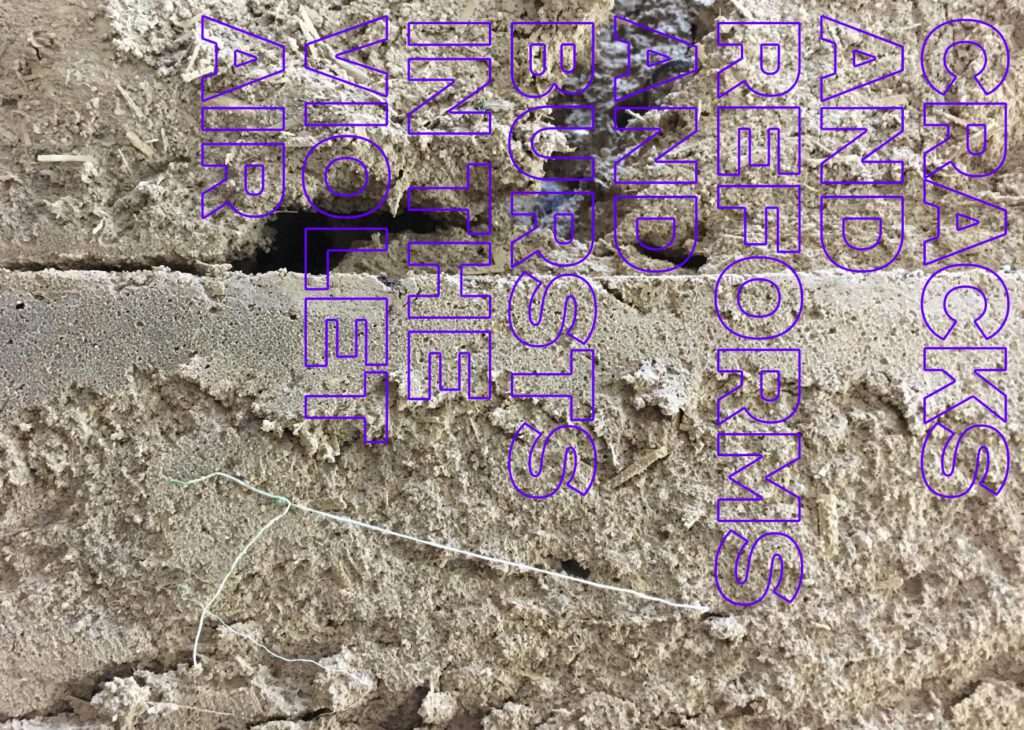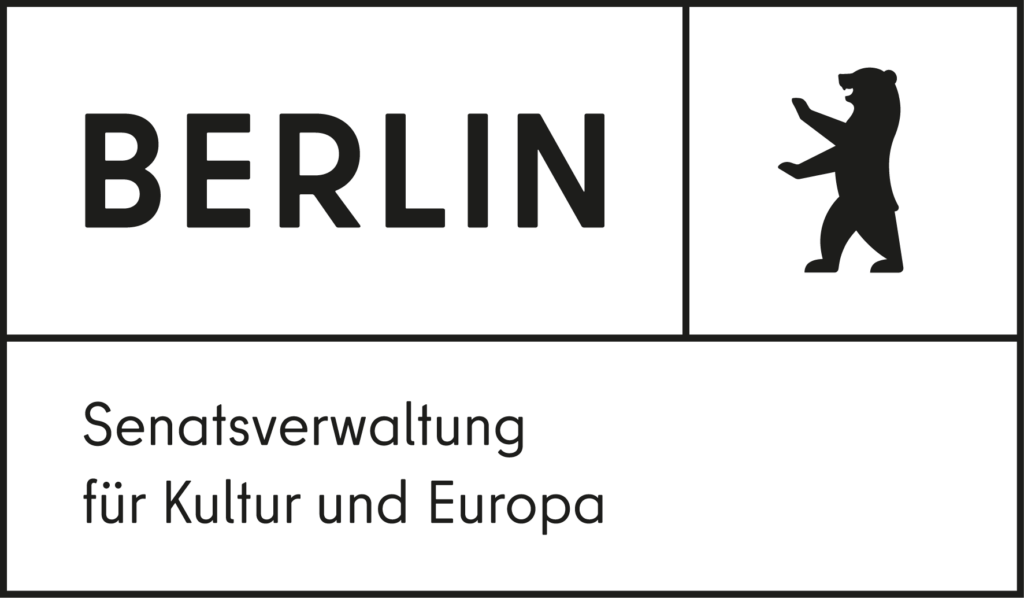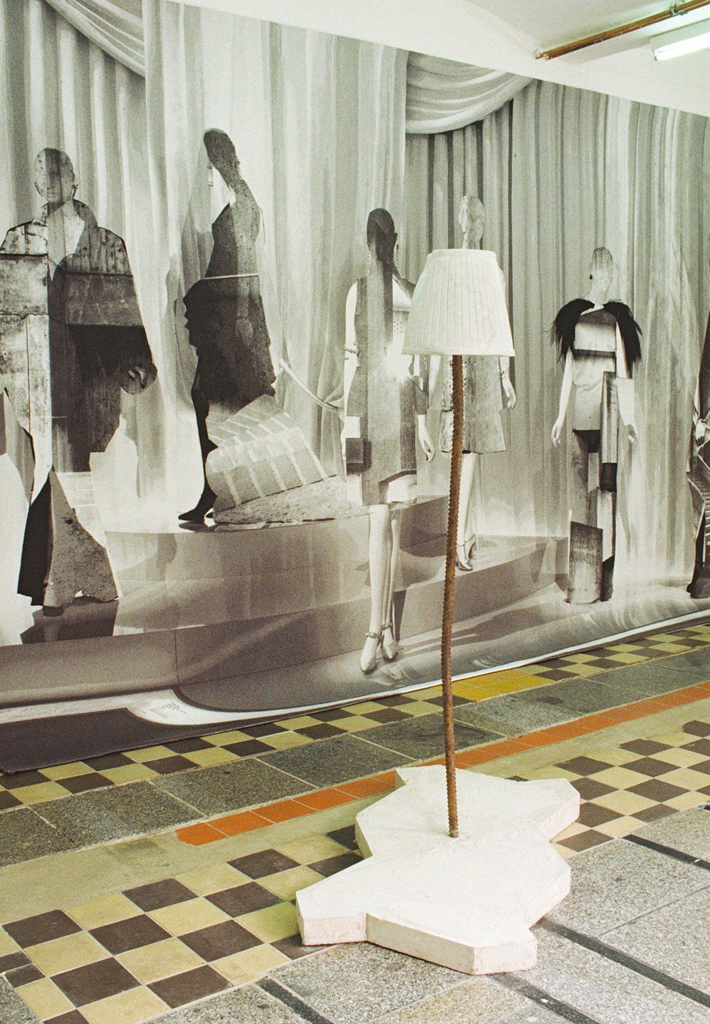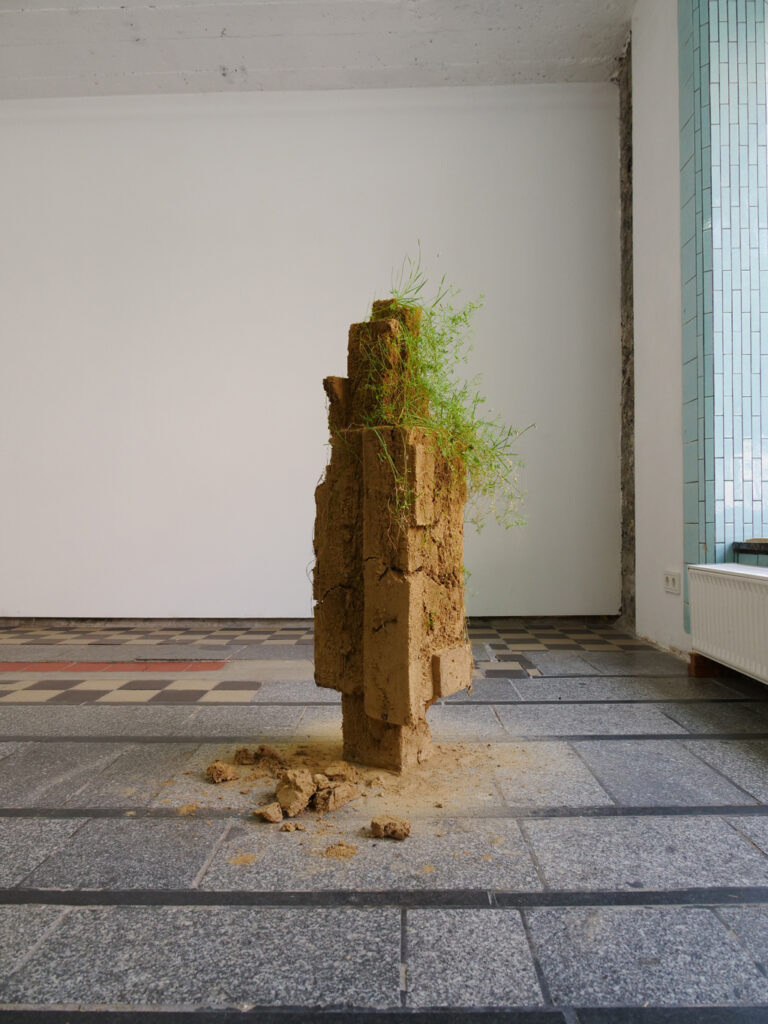Shannon Bool, Anton Bo Matzke, Kim Hankyul

Cracks and Reforms and Bursts in the Violet Air
Exhibition: June 18 – August 15, 2021
Cracks and Reforms and Bursts in the Violet Air presents a constellation of artworks by Shannon Bool, Kim Hankyul and Anton Bo Matzke that meditate on the status of artistic production within broader fields of social relations. The title of the exhibition borrows a line from T.S. Eliot’s, The Waste Land (1922), an influential early modern poem that makes use of numerous images and lines of text from other sources to describe a post-war landscape through affects, shifts in voice and fragmented narratives rather than through factual description. The allusion is fitting, considering the current sense of uncertainty in the wake of the pandemic, as well as an overall disillusionment with living for over 30 years under neo-liberalism and its social and economic failures. The artists have used the situation to mount a series of artworks that repurpose and redistribute means of production and interrogating systems for valuing everyday life.
Shannon Bool’s large-format tapestry, Crimes of the Future, appropriates a documentary photograph of an exhibit in the Yves Saint Laurent Museum in Paris. The work proposes a complete rethinking of the materiality of images through perforating and exploding the symbolic language of photography as an artistic medium. The grid of pixels that make up the digital image are technically translated into a Jacquard weaving – resolution gets fuzzy in the process. Mannequins are elided and replaced by collaged images of signature brutalist buildings, echoing the digital, systemic control of information. Alongside a ‘digital’ sensibility in the artwork is as well an ‘analog’ one: the representation of the female body is revealed as a projection screen and cipher of a consumerist gaze. Bool resurfaces the generic silhouettes to present specific, high-modern dwellings of religious culture such as the Wotruba Church in Vienna by Fritz Wotruba, the Neviges Church in Düsseldorf by Gottfried Böhm, or the Second Goetheanum in Dornach by Rudolf Steiner. The modern myth of the sacred value of legibility of purpose, achieved by a balance of design and choice of materials, is upended by Bool, revealing a whole hierarchy of hidden bourgeois values that are ultimately designed to manage desire as well as the movements and labour of human bodies.
Kim Hankyul’s Serpent (2016) and Bird (2019) are two of his earlier kinetic and sonic sculptures that repurpose ordinary tools and materials to serve as substrates for new meaning. The works ‘perform’ absurd yet everyday movements and tasks that are either excessive or underwhelming in the mimetic sense, further taking advantage of the gap between sign and signified. Serpent moves excessively, the effect of the writhing and wild hissing of the ducting is manic and haunting – one is witness to an expenditure that begins from an electrical outlet and ends somewhere in the imagination. Bird features two pages of a book held by an armature that is animated by a drill that you can make out the gentle beat of its wings. The book – two of its pages – are transformed from a cognitive container of knowledge to an object of poetic reflection on the dream of flying. In this respect, the sculpture also tangentially evokes class associations: knowledge is power. This is the very key to their magic: the viewer is left to judge the effect of the work, and yet is repetitively returned to the mechanical slavery of its performance. In my eyes, the kinetic sculptures pose critical questions in terms of working class labour and its relation to contemporary artistic production – is labour unsightly? Is it too sweaty? Does it strive too hard for expression, for meaning? In this sense, the works are humorous and very effective in their easygoingness.
Anton Bo Matzke’s Melde (2021) and Hom(e)age (to stonemason Ekhof Platz) (2018) are sculptures that symbolically and materially draw their qualities from the environment of the exhibition space; they seem to precipitate the site in which they are presented. They are quiet objects that express the transitoriness of life in a manner akin to still-life painting. Melde is a clay sculpture whose form evokes that of contemporary architecture. The artist has planted ruderal seeds in the raw clay which he collected from a vacant lot in the Victoriastadt, nearby after the butcher. Over the course of the exhibition, the sculpture will be animated by the growth of vegetation, – it will take on a life of its own, so to speak; the seeds and their roots will slowly crack open its form and possibly cause the form to collapse: work in progress. Hom(e)age (to stonemason Ekhof Platz), is a sculpture in the form of a standing floor lamp, whose base of poured concrete and metre-long piece of rebar also present construction materials often discarded in vacant building lots. The unusual element is a marble lamp shade atop the rebar that is old and crinkled- looking as though one would smell cigarette smoke on it. The overall sensibility of the works is one of improvisation with materials at hand, and what they address are issues concerning gentrification, class and urban renewal – for better or worse.
Text by Maxwell Stephens
We look forward to your visit.
funded by:


